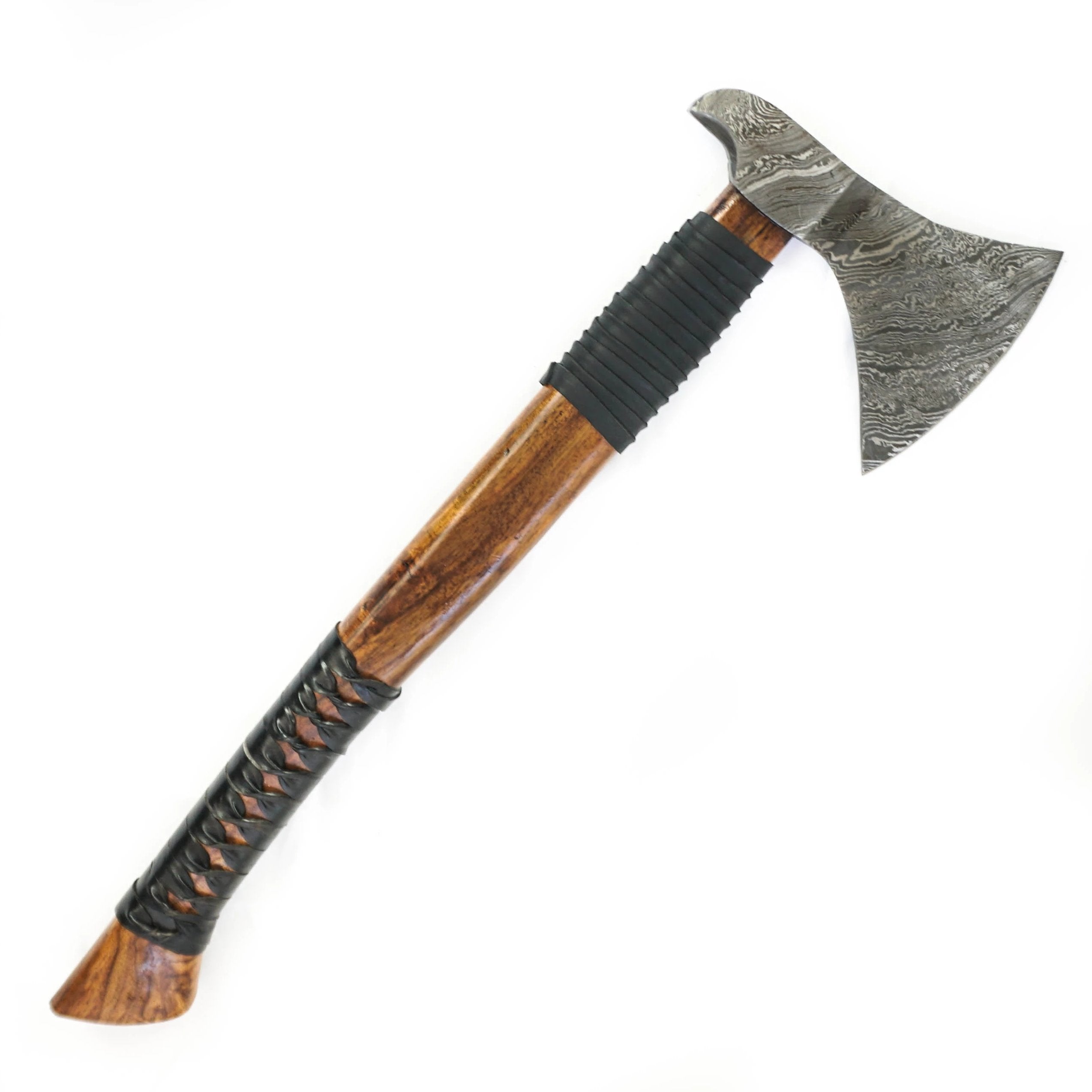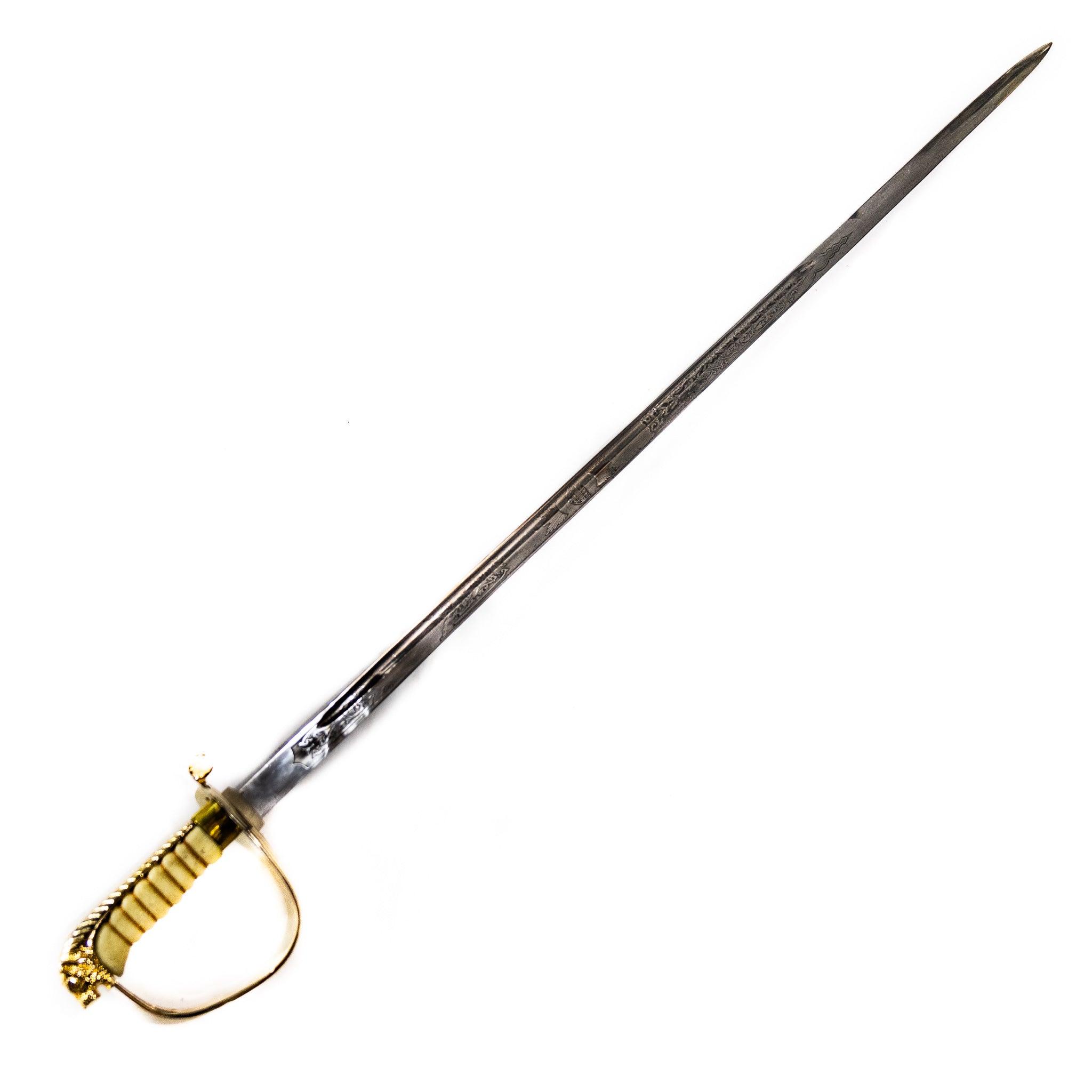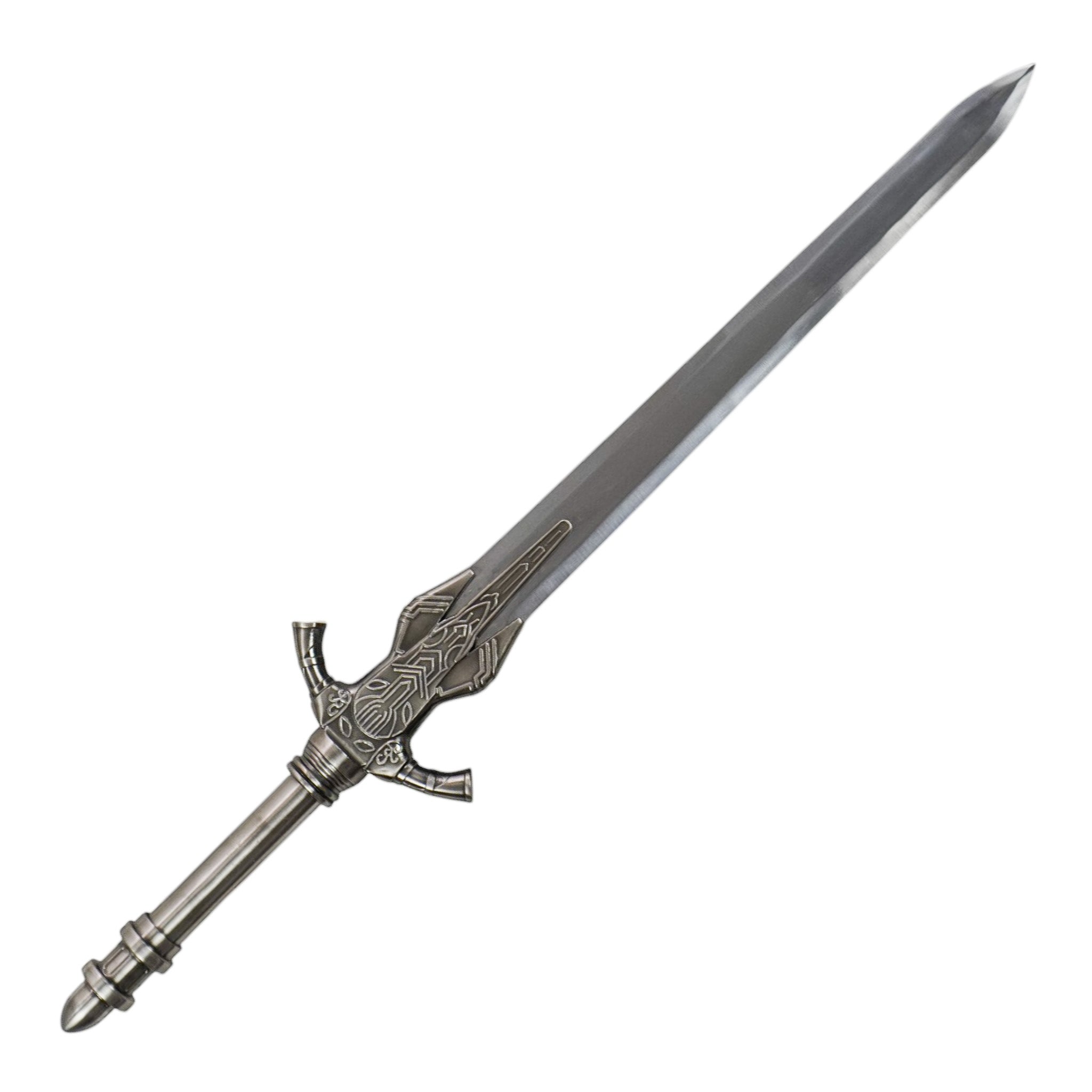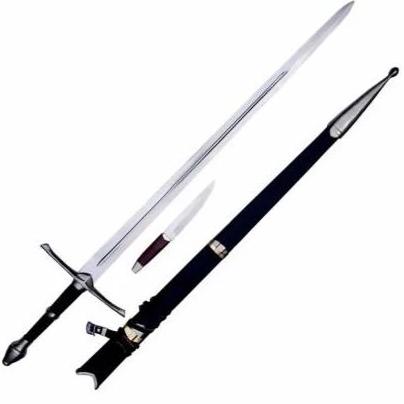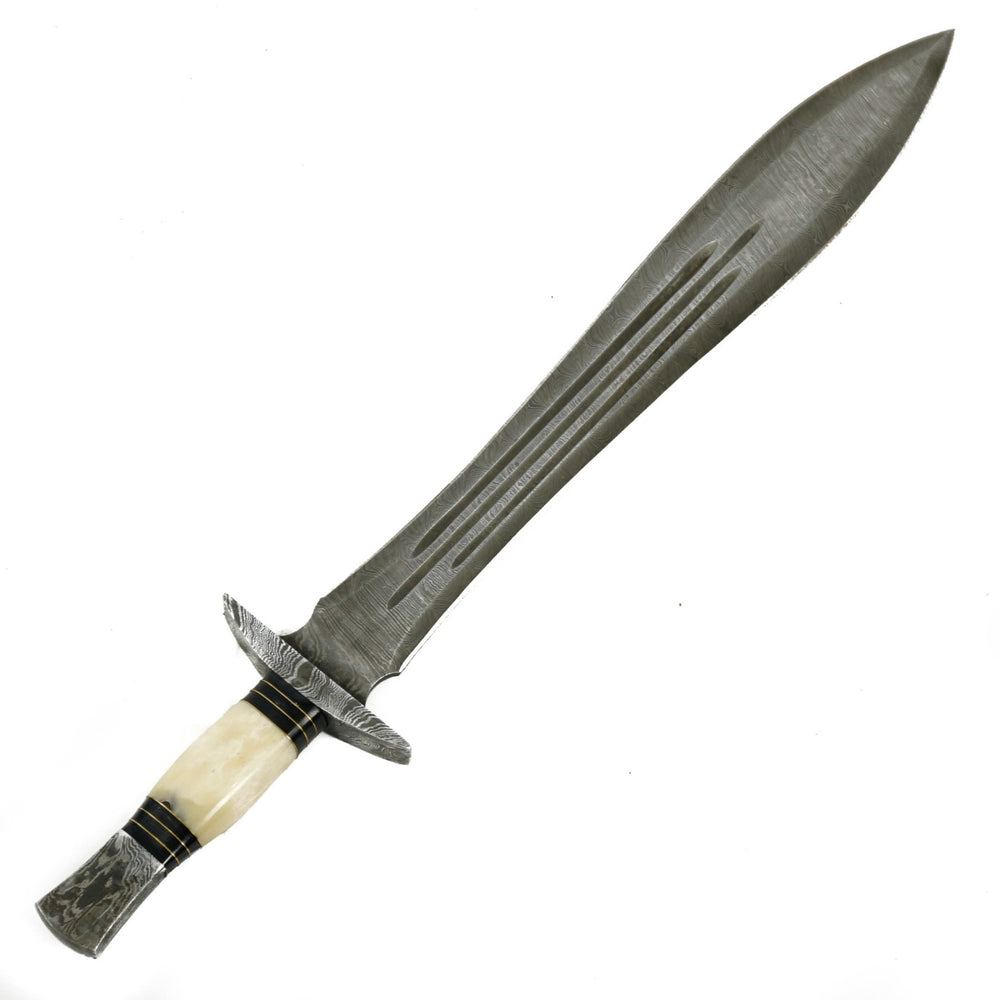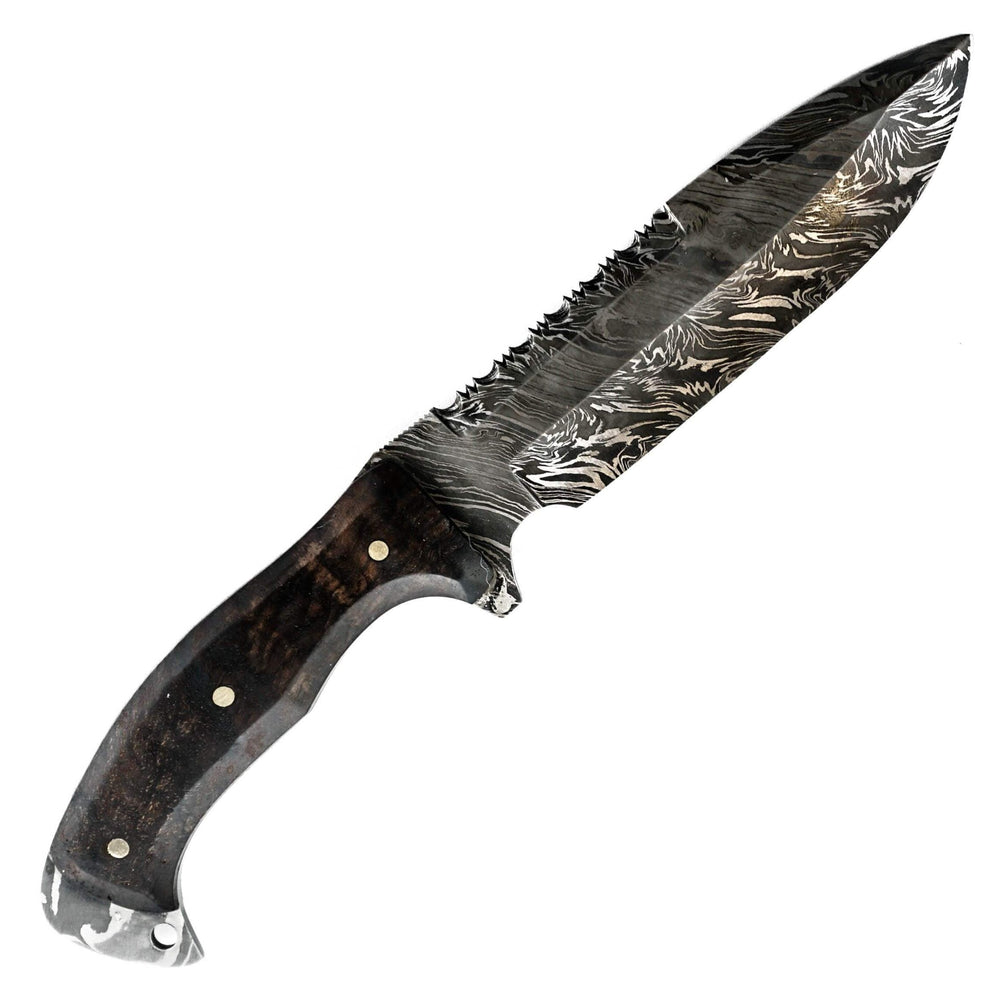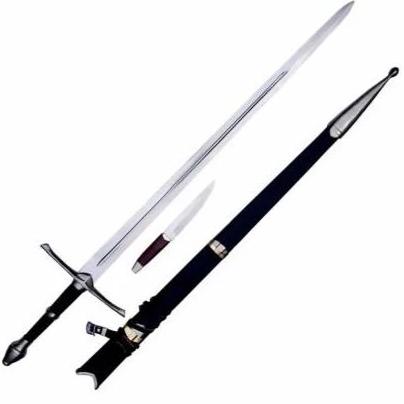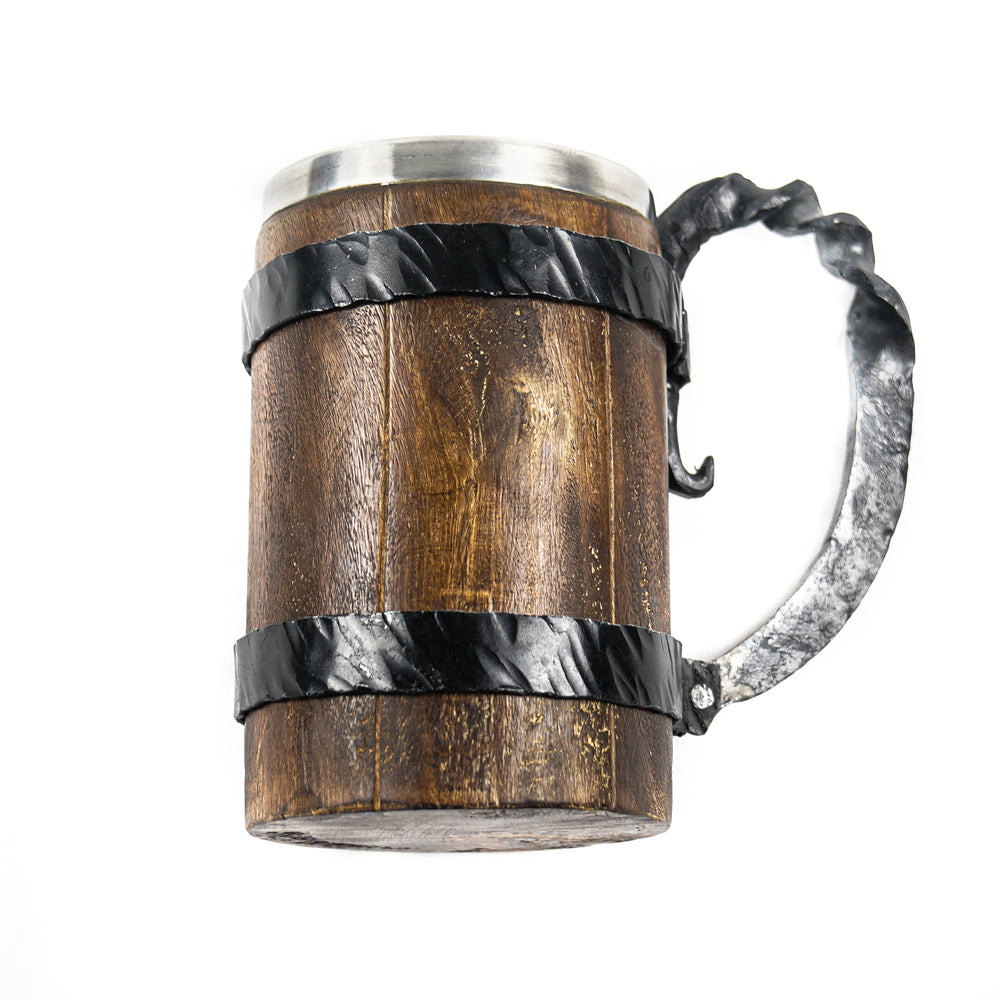The Top 10 Most Deadly Medieval Siege Weapons
Medieval siege weapons were prolonged destructive battles fought between warring armies to control castles and fortresses during the Middle Ages.
These battles were characterized by intense fighting with a wide assortment of weapons. These weapons are designed specifically for taking down walls and causing maximum destruction.
Among the weapons used during these intense battles were siege weapons. These were specifically designed for gaining access to enemy-held fortresses and castles.
This article will explore the impact of these siege weapons on battles and their usage.
History Of Deadliest Medieval Siege Weapons
Throughout the Middle Ages, armies developed various devastating siege weapons to breach enemy fortifications and castles.
These formidable weapons included ballistae, trebuchets, battering rams, and siege towers.

Ballistae were gigantic crossbows that could shoot arrows with incredible force, penetrating thick walls and causing significant damage.
The powerful catapult-like device, the trebuchet, could launch giant boulders. It could launch boulders weighing hundreds of pounds over distances of up to 300 yards. This led to wreaking havoc upon fortifications.
Battering rams were specially designed to break down gates and doors, enabling invading forces to enter enemy-held positions.
Siege towers were mobile structures that allowed soldiers to scale fortress walls while being shielded from defenders.
However, it is the most lethal siege defense weapon that could swiftly dismantle walls, bringing fortifications to their knees.
These included trebuchets that hurled giant rocks and ballistae that fired massive bolts with great accuracy and force.
In the later Middle Ages, gunpowder-based weapons gradually replaced traditional siege weapons, forever altering the nature of warfare.
Despite the evolution of medieval weaponry. The ingenuity and power of ancient siege weapons remain awe-inspiring and a testament to the creativity of past generations.
Learn more about medieval weapons at Battling Blades.
Top 10 Most Deadly Medieval Siege Weapon
Here is the top 10 most deadly siege weapons list:
1. Trebuchet
- History:
Handheld Trebuchets were ancient siege weapons that first appeared in China around 300 BC.
They were introduced to Europe during the medieval period and became one of the deadliest castle weapons in history.
- Design:
A trebuchet was designed with a long arm and a sling attached to a weight. This was used to launch heavy projectiles like rocks and even diseased animals over castle walls.
It was more accurate than other types of siege weapons.
- Use:
Trebuchets were used during medieval siege battles to breach castle walls and terrorize defenders with constant bombardment.
They were highly effective in causing damage and loss of life. This made them one of the most feared weapons in the medieval siege arsenal.
Check out the Trebuchets and their modern use.

2. Byzantine flamethrower
- History:
The Byzantine flamethrower, known as Greek fire, was a terrifying weapon used by the Byzantine Empire in the 7th century.
It was considered one of the deadliest siege weapons in history, and its exact composition was kept secret for centuries.
- Design:
The Byzantine flamethrower consisted of a long tube made of brass or bronze with a pump at one end.
Also, the tube was filled with flammable liquids, including petroleum, resin, and quicklime.
The pump was used to pressurize the mixture and force it out of a nozzle at the other end of the tube.
Plus, the mixture was then ignited, creating a stream of flame that could be directed at the enemy.
- Use:
The Byzantine flamethrower was used in many 14th-century battles, including the Arab-Byzantine Wars and the Crusades.
It was a fearsome weapon capable of causing panic and chaos among enemy troops.
Greek fire was often decisive in battles and sieges and played a key role in many Byzantine victories.
Its formula was a closely guarded secret, and the weapon remained in use for centuries until gunpowder-based-weapons eventually superseded it.
3. Ballista
- History:
The ballista is a medieval siege machine developed by the Greeks in 400 BC.
The Romans, who adopted the weapon and used it extensively in their military campaigns, further improved the design.
- Design:
The ballista is a crossbow-like weapon that utilizes torsion power.
Check out the plastic vanes for the crossbow.
It has two arms and two bundles of twisted ropes, which, when pulled back, store energy to launch large bolts and stones.
The weapon could be easily transported and assembled on-site.
- Use:
The ballista was a formidable weapon in many famous battles, including the siege of Syracuse and Alesia.
It was used to accurately target personnel, walls, and towers from up to 500 meters.
The ballista played a major role in ancient warfare, and its impact on the battlefield was immense.
4. Staff Sling
- History:
The staff sling is a weapon used for centuries, way back to the Bronze Age.
It was commonly used in Europe during the Middle Ages. And was known by various names, including the staff sling, the shepherd's sling, and the festival.
- Design:
The staff sling comprises a long pole, a sling, and a pouch. The pole is used to swing the sling around, while the pouch is used to hold the projectile.
The design allows for a greater range and velocity than other slings.
- Use:
The staff sling was used in battles and sieges during the Middle Ages.
It was used to launch projectiles such as rocks, stones, and even human waste at enemy troops and fortifications.
The weapon required skill and strength to use effectively and was often wielded by trained soldiers.
Moreover, the staff sling, although effective, became obsolete due to the widespread adoption of firearms.
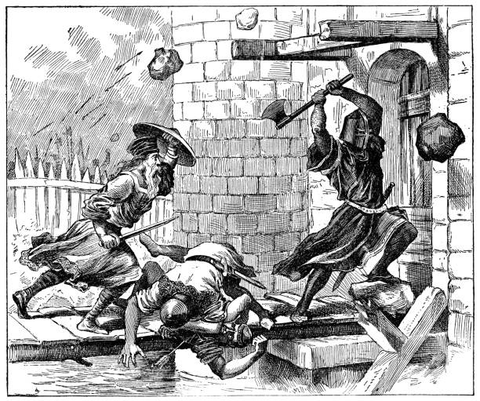
5. Ribauld
- History:
The ribald, also known as the holy water sprinkler or holy water stoup.
It was a medieval weapon that infantry soldiers primarily used during the 14th and 15th centuries.
The ribald was a long, wooden staff with a metal head on one end. The head was shaped like a small ax to strike enemies in close combat.
Additionally, the origins of the ribald are unclear, but it is assumed to be developed in Europe during the late Middle Ages.
It was likely influenced by similar weapons used by other cultures, such as the Japanese naginata or the Chinese guan dao.
Note: You can get Dao Sword today from Battling Blades.
- Design:
The ribald consisted of a long wooden shaft approximately six to eight feet long. It has a metal point at one end and a hook at the other.
However, the point was used for thrusting and stabbing, while the hook was used for grappling and pulling down barriers.
Use: The ribald was a versatile weapon used in battle and siege situations. It was used to dismount knights, capture enemies, and pull down walls.
It was often used with other weapons, such as swords or bows. The ribald required skill and strength to wield effectively and was often used by trained soldiers.
However, it was eventually phased out as firearms became more prevalent on the battlefield. Despite this, the ribald remains an important part of medieval warfare history.
6. Rams
- History:
Rams, also known as battering rams, are one of the oldest siege weapons in history. And they have been used in warfare since ancient times.
The first recorded use of battering rams dates back to ancient Greece and Rome, where they were used to breach enemy fortifications.
- Design:
The design of the ram varied over time and place but generally consisted of a large, heavy object attached to a wooden beam.
It was often reinforced with metal and sometimes had a protective covering.
- Use:
The ram was used in siege warfare to breach fortifications, such as walls and gates.
The ram was operated by a group of soldiers who would swing the beam back and forth to gain momentum. And then slam it into the target.
Using rams required significant coordination and protection from enemy fire, often leading to bloody battles.
While the use of rams declined with the advent of gunpowder and cannons, they remain an important part of military history.
7. Siege Tower
- History:
Siege towers were mobile structures used in siege warfare to allow attackers to scale the walls of enemy fortifications. It was the bloodiest siege in history.
The towers were first used in ancient times by civilizations such as the Greeks, Persians, and Romans. But they became more prevalent in medieval Europe during the 11th century.
- Design:
Siege towers were tall, mobile structures with multiple levels that used to approach and breach fortifications such as walls and towers.
They were often made of wood and could be covered in protective materials such as animal hides.
- Use:
Siege towers gave troops access to elevated positions and breached walls and other fortifications during a siege.
The towers were usually moved close to the target, and soldiers used ramps or ladders to access the walls or towers.
Archers and other soldiers often heavily defended siege towers, and their use could lead to intense battles.
Despite their effectiveness, siege towers declined with the advent of gunpowder and more sophisticated fortifications.

8. Battering Ram
- History:
Battering rams are one of the oldest siege weapons used since ancient times.
Also, Battering rams were first used in siege warfare to break down the walls of enemy cities and fortresses.
The first recorded use of battering rams dates back to ancient Mesopotamia and Egypt.
In ancient times, battering rams were typically made of wood and were designed to be carried by a group of soldiers.
- Design:
The design of the battering ram varied over time. But it typically consisted of a heavy object, often shaped like a ram's head, attached to a wooden beam.
The beam, such as a wall or gate, was used to strike and weaken the target.
- Use:
Battering rams were used to breach fortifications during a siege. Often as part of a larger assault that involved other weapons and tactics.
They were usually operated by soldiers who would swing the beam back and forth to gain momentum. They used to do so before slamming it into the target.
Battering rams required significant protection from enemy fire and were often heavily defended by the soldiers.
Despite their effectiveness, the use of battering rams declined with the advent of gunpowder and more sophisticated fortifications.
9. Fire Arrow
- History:
Fire arrows have a fascinating history as one of the earliest forms of incendiary weapons.
The first recorded use of fire arrows can be traced back to China during the Tang dynasty in the 9th century AD.
During this time, fire arrows were primarily used for military purposes and were a key weapon in Chinese warfare.
- Design:
The design of a fire arrow varied. But it generally consisted of a wooden or bamboo shaft with a pointed metal or wooden head.
The head was often wrapped in flammable materials, such as cloth soaked in oil or pitch.
Thus, the arrow was then ignited and launched using a bow or other device.
- Use:
Fire arrows were primarily used as incendiary weapons designed to set fire to enemy structures and equipment.
They were often used in sieges, where they could be launched over walls and into enemy positions.
Fire arrows were also used in naval warfare, where they could be used to set enemy ships on fire.
While effective, fire arrows were difficult to aim and required considerable skill.
With the advent of gunpowder weapons, fire arrows became less common in warfare.
10. Siege Engine
- History:
Siege engines are weapons used in warfare for centuries. They are considered the deadliest siege in history.
They were first developed by ancient civilizations like the Assyrians and Persians. They used them to lay siege to enemy cities and fortresses.
As warfare evolved, so did siege engines. In the Middle Ages, siege warfare became more common, and armies developed advanced siege engines to breach enemy fortifications.
- Design:
The design of siege engines varied greatly depending on the culture and period.
But they generally consisted of large, heavy machines designed to breach fortifications. Common types of siege engines included battering rams, towers, and catapults.
- Use:
Siege engines were primarily used in sieges to break down walls, gates, and other fortifications.
They were operated by trained soldiers and required significant resources to construct and transport.
Siege engines played an essential role in many famous battles throughout history, such as the Siege of Troy, the Siege of Constantinople, and the Siege of Acre.
Despite their effectiveness, siege engines were eventually supplanted by advances in gunpowder and artillery technology.

Closing Thought
Siege Medieval weapons were essential in warfare during the Middle Ages. They were instrumental in breaking down walls, breaching fortresses, and laying waste to enemy territories. This article has explored the top 10 most deadly medieval siege weapons and how they were used.
From the trebuchet to siege engines and fire arrows, the sophistication of these weapons reveals the level of technological advancement attained during this period. As we appreciate these weapons from a historical perspective, it is important to remember the devastating human costs of war and to always strive for peace.

